Nofima trial explores whether whole or processed lumpfish can boost appetite and feed intake in small king crabs
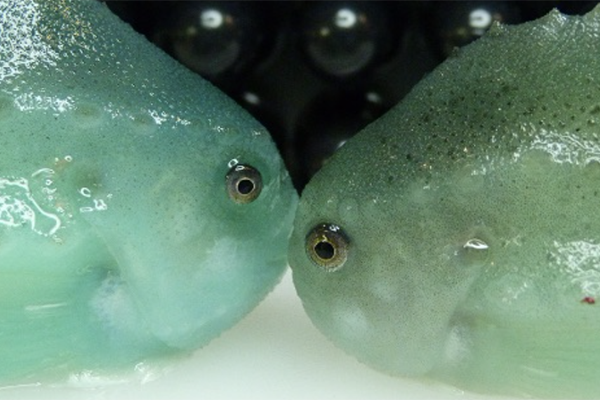
For the global aquaculture industry, it’s currently tricky to find other uses for a lumpfish once it finishes its mission as a sea lice eater, or as a “cleaner fish.”
However, a new study from Norwegian food research institute Nofima indicates that the species might actually be well suited as aquafeed for small king crabs.
“The idea behind the research project ‘Kongemat’ (‘Food fit for kings’) was to find a sustainable way to utilize lumpfish,” said Birthe Vang, a scientist and project manager at Nofima.
On salmon farms, the cleaner fish stop eating sea lice when they reach sexual maturity – wasting a potentially valuable resource. Often, the aquaculture industry must pay to dispose of excess cleaner fish, which is not ideal from both an economic and animal welfare perspective.
“So far, millions of cleaner fish have been used in fish farms to deal with salmon lice,” said Vang. “Now it looks like lumpfish are about to be phased out as cleaner fish. Wild lumpfish are still being fished, however, where mainly the roe from female fish is utilized, so there is still a lot of lumpfish available for alternative uses.”
An existing Nofima project (“Helt konge” or “Crab is King”) already focused on how to rear small crabs from 250 grams (0.5 pounds) up to a marketable size of around 1.3 kilograms (2.8 pounds) and up, with feed experts already developing a suitable feed. Using that as a basis, Vang and her colleagues in the departments of marine biotechnology, seafood industry and production biology at Nofima got down to work.
“We wanted to test whether whole or processed lumpfish that have been used as cleaner fish can boost the appetite and feed intake in small king crabs, and thereby boost the meat content and value of adult king crabs,” said Vang.
Extensive wrasse use keys up ‘cleaner fish’ conservation questions
In the 12-week trial, 24 king crabs at the Aquaculture Research Station in Kårvika outside Tromsø were included:
- Six received a king crab feed developed during the “Helt konge” project.
- Six received coated feed, which consisted of the original king crab feed coated with a “syrup” of concentrated, water-soluble lumpfish proteins, developed by using enzymatic hydrolysis.
- Six received 50/50 king crab feed and pure lumpfish.
- Six received only lumpfish.
An analysis is underway, but the researchers had a hunch that the dry feed coated in lumpfish concentrate would be more tempting for the crabs than regular feed. They believed that the water-soluble proteins from the lumpfish concentrate would act as a flavor enhancer to make the feed more appealing and whet the crabs’ appetite. So far, this seems to be the case.
“The crabs ate much more of the king crab feed throughout the experiment,” said Vang. “Halfway through the experiment, they also started developing a taste for pure lumpfish. This could indicate that the crabs need an adaptation period to get used to new feed.”
Fifteen wild-caught crabs from outside Honningsvåg are also included in the project to measure meat content and check the crabs’ intestines for what they have eaten. These crabs will be compared with the crabs in the current project, which have been exposed to different feed regimes, to be able to determine which type of feed will provide the maximum meat content in the crabs’ legs.
“Based on the results from the initial trials at the Aquaculture Research Station, the three best feed regimes will be piloted at Storbukt Fiskeindustri in Honningsvåg,” said Vang. “We will be feeding 300 small crabs weighing approximately 1 kg (2.2 lbs) over a three-month period.”
Of all the seafood Norway exports, the king crab achieves the highest price per kilogram.
“If we succeed in developing this feed, it will contribute to the development of a circular bioeconomy and increased utilization of raw materials,” said Vang. “It will also help to increase value creation in the seafood industry and facilitate local jobs if the commitment to live storage and feeding of king crab succeeds.”
Read more about the trial here.
Now that you've reached the end of the article ...
… please consider supporting GSA’s mission to advance responsible seafood practices through education, advocacy and third-party assurances. The Advocate aims to document the evolution of responsible seafood practices and share the expansive knowledge of our vast network of contributors.
By becoming a Global Seafood Alliance member, you’re ensuring that all of the pre-competitive work we do through member benefits, resources and events can continue. Individual membership costs just $50 a year.
Not a GSA member? Join us.
Author
Tagged With
Related Posts
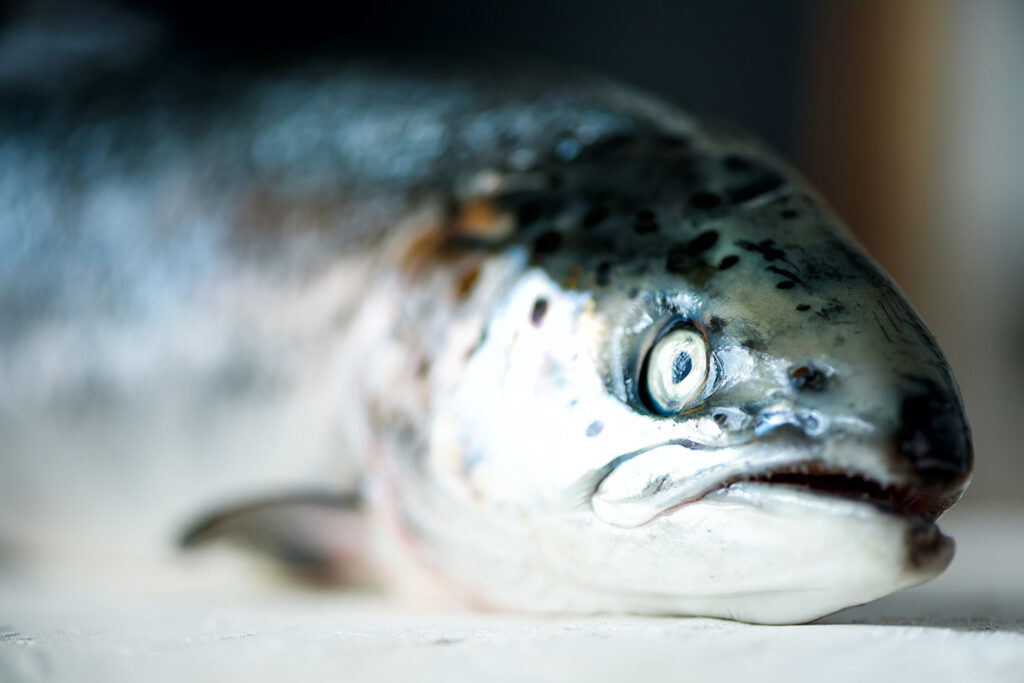
Aquafeeds
Report: More Norwegian salmon feed producers are using novel fish feed ingredients
A Nofima report reveals that Norwegian salmon feed producers have started to use novel fish feed ingredients.
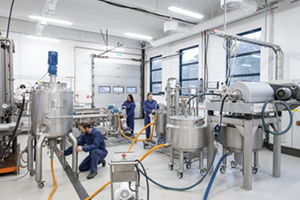
Aquafeeds
Nofima identifies optimal feed components for the sea lice cleaner fish ballan wrasse
A Nofima study has identified key feed components for ballan wrasse, a sea lice cleaner fish important to Norway's salmon industry.
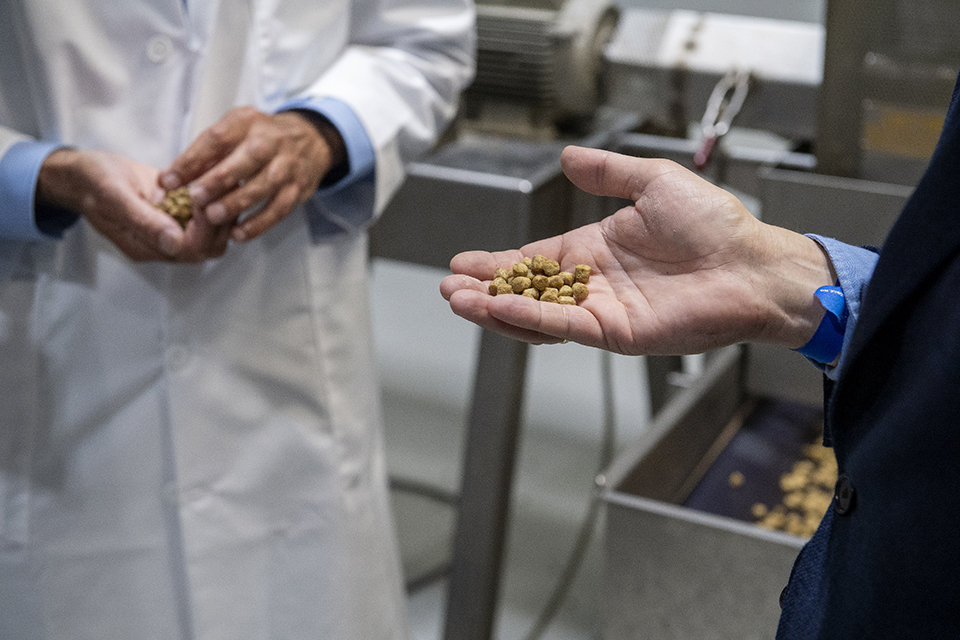
Aquafeeds
Nofima launches collaborative project to develop sustainable ingredients for farmed salmon
Nofima has launched the Millennial Salmon Project, a collaborative research initiative to develop sustainable ingredients for farmed salmon.
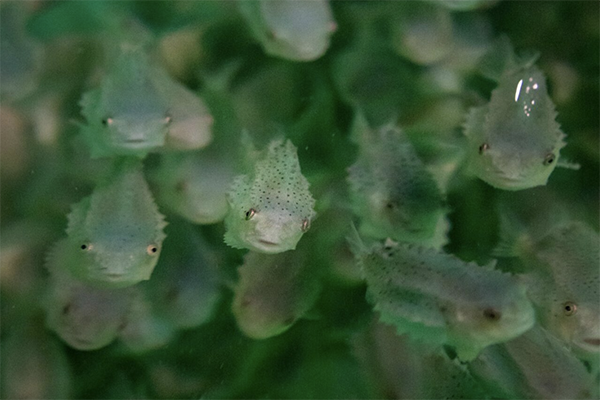
Innovation & Investment
Could new technology transform how salmon farming combats sea lice?
Sea lice plague salmon farms globally, but scientists and aquaculture are turning to technology to prevent and manage the pests.



